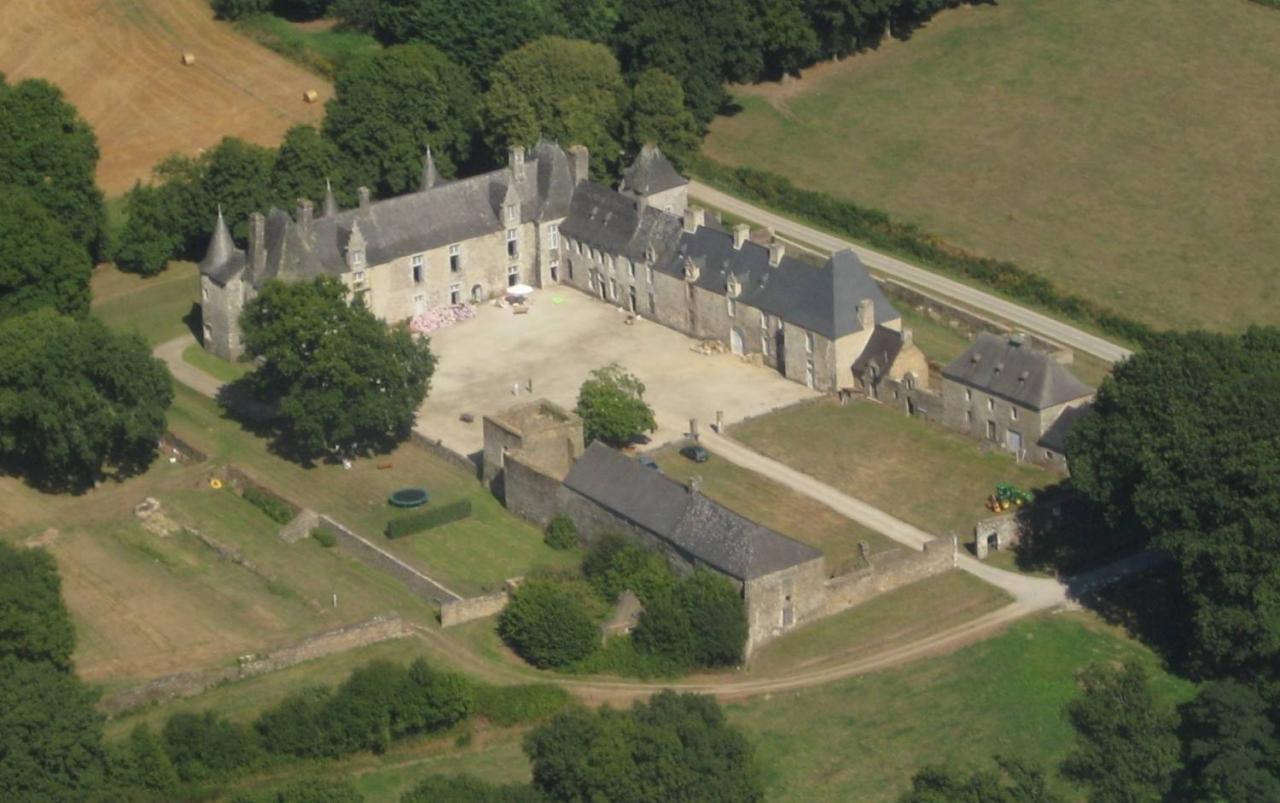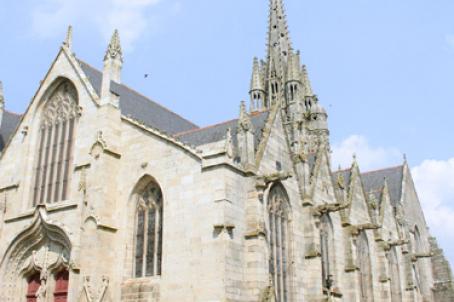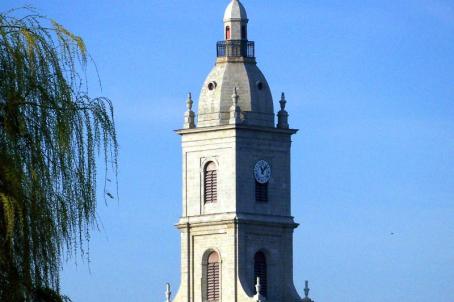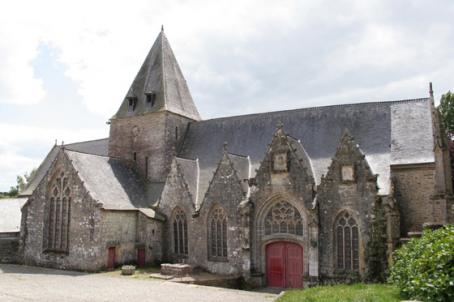Chapel du château de Callac
The chapel of the Château de Callac is located in Plumelec, Brittany, and dates back to the 12th century. The current Château was built in the 14th century and enlarged in the 15th and 16th centuries. It was then redeveloped in the 17th century with the four pavilions. The small private chapel, is inseparable from the castle of Callac, which is classified with the Historical Monuments.
About this building
The chapel of the Château de Callac is located in Plumelec, in Brittany. The origin of the Château de Callac dates back to the 12th century when Olivier de Callac was mentioned as a manor. The original building was burned and destroyed during the war of succession of Brittany (1341-1365). There is no trace left of this structure.
The current castle was built in the 14th century and enlarged in the 15th and 16th centuries. It was then further redeveloped in the 17th century to add comfort and give it its current appearance with the four pavilions. The Château de Callac belonged to the Callac and then to the Tiercent and Le Forestier families by succession.
In the seventeenth century, it was passed between several owners, and served as a refuge for chouans in 1795 and rallying point for French paratroopers dropped during the Second World War.
The small private chapel belonging to the castle of Callac is of square plan with a pavilion roof. It is inseparable from the Château de Callac, which has been partly classified as an historic monument and partly listed in the I.S.M.H. (Additional inventory of Historical Monuments).






